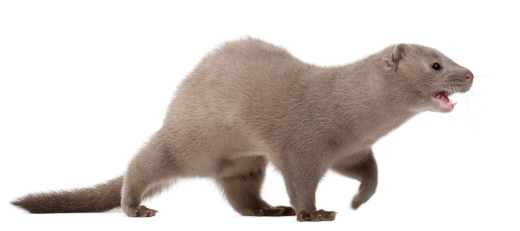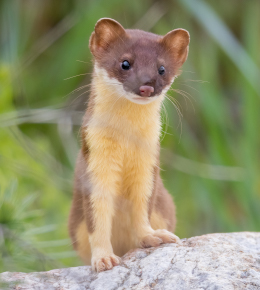

White Winter Weasels
Winter weasels, also called ermines or short-tailed weasels, have coats that turn from light brown to white in the winter. The color change begins at their stomachs and works its way outward, occurring in both spring and fall. Other species, like the long-tailed weasel, may turn at least partially white as well.
The length of daylight, not temperature, prompts the color change. As a result, weasels in winter may be stark white against a brown landscape before snow starts to fall. During warmer winters, this makes them easy prey for larger predators such as foxes, martens, and badgers.
Winter Diet & Habits
These small animals have big appetites. Weasels in winter eat about 40 percent of their body weight daily and forage frequently. The pests are carnivores, feeding on a variety of small mammals such as rodents and voles. Females tend to hunt underground, while males forage aboveground.
Problems with Winter Weasels
Although they weigh as little as two ounces, these pests are fierce and may attack prey larger than themselves. Weasels are also agile with keen senses. This makes them elusive both to predators and to people who hope to trap and remove them.
The presence of weasels in the winter indicates a solid population of rodents or other prey on the property. Since the pests often save some of their meals for later, there may also be food caches of dead animals nearby. Contact Critter Control to safely manage weasels in any season.
Need Help with Nuisance Weasels?
Find a Critter Control near you.
